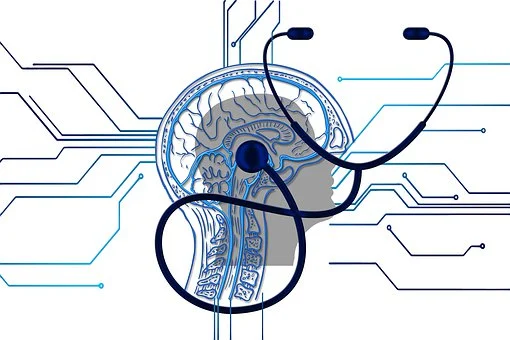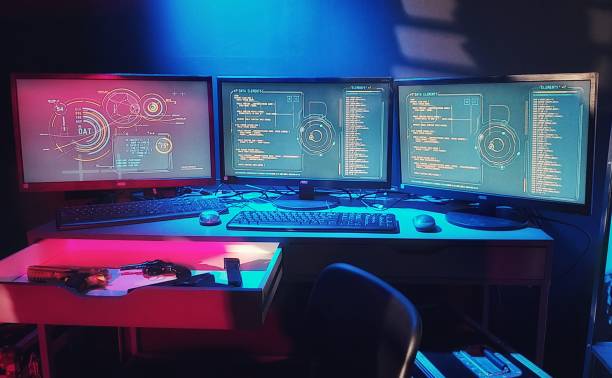How To Use Animation in an eLearning Environment: 6 Tips
Education is far from being an exception in this day and age where everything is moving toward a digital platform, with students choosing eLearning more and more frequently. You can work to use animation in an eLearning environment for learners everywhere because it is highly improbable that you can change people’s attitudes.
Read: 5 Advantages of Setting up a Secure and Friendly eLearning Environment
Pleasant eLearning Environment: What is it?
We could go on and on about what makes the ideal learning environment, but with so many different learning styles available today, it’s difficult to pick just one. However, as we focus more closely on eLearning, things do become a little bit easier.
What constitutes a Pleasant eLearning Environment is a question we should be asking
The disadvantages of switching from a real classroom to a virtual one are well-known to all: poor communication, supervision, lack of focus, etc. It takes more than just making the environment enjoyable; excellent communication between students and teachers is also necessary. In that regard, an ideal learning environment needs to:
- A secure environment where children can feel at ease
Humans generally learn more quickly when they are relaxed. Stress not only prevents us from learning, but it also causes us to forget what we have already learned.
- A lively and interesting environment
A good environment is a prerequisite and the first step. The second step is to inspire students to actively engage in the lecture by creating a joyful, creative environment. But be careful—you need to strike a balance between humor and seriousness. Both can be overdone and cause distraction.
- Where there is open and efficient communication between the instructor and the learners
The secret to any interaction is clear communication. It is quite annoying to talk over a computer screen, so you must pay close attention to ensure that your students believe they are being heard.
What Role Can Animation Play In Creating A Pleasant eLearning Environment?
1. Animation Has the Potential to Engage Learners
Animation is unquestionably more entertaining than a jargon-filled, 100-page, black-and-white textbook.
2. Animation Can Be Used As A Distraction
Avoid using animations if you are concerned that they will distract your kids. The usage of enjoyable features is intended to engage rather than divert students. You can observe how an animated training video can effectively delight students without causing them to overlook the crucial lesson by watching this video.
3. Animation Is A Wonderful Explanation Tool
Think about it; a comedian and a lecturer aren’t that dissimilar. Both are fighting the impulse to scream at that loud person in the back while doing their best to convey a narrative. However, comedians have one edge over lecturers: they can choose from a variety of humorous jokes and anecdotes, whereas a lecturer has adhered to the lesson, which is typically dull.
4. Save time using animation
1.8 million words can be represented in one minute of video. The way a hydraulic compressor compresses animation is through animation. It has the potential to significantly speed up learning. Images are processed roughly 60,000 times faster than text due to the human brain’s predominance in visual processing. Belief in the data!
5. Animation Can Boost Motivation Considerably
Your students will be eager to study more once they realize how engaging and informative your course is. With animation as a new teaching strategy, students gain academic information as well as other crucial abilities like self-learning and critical thinking.
After going over the fundamentals, let’s discuss how to establish a happy eLearning environment.
Ways To Use Animation To Develop A Good eLearning Environment: 6 Tips
An interesting, open, and safe learning atmosphere is key. How to use animation to build such a setting is the challenging aspect. Undoubtedly, the animation is a very effective tool for those in the education sector, but how well it is used also relies on the individual. Without wasting much of your time, please find below a brief guide that covers the fundamentals of using animation effectively in your course.
1. Shorten the animations
Because you’re not in a professional or medical setting, it’s best to assume that your audience’s attention span will gradually wane as you go over the 10-minute mark. Let’s not forget that creating a lengthy animation will take a lot of time. Therefore, strive for a brief, 5-minute video for each session.
2. Begin by showing an introduction video to your students
It appears that many educators undervalue the introduction’s impact. A strong introduction video demonstrates the lecturer’s personality in addition to outlining the course’s fundamental goals. Compared to a few straightforward bullet points and a dull hello, this is much more effective.
Additionally, a friendly and upbeat environment is created with a nice welcome video, which makes your pupils feel at ease and prepared to learn.
3. Include A Transcript Without Forgetting
A lot of viewers will undoubtedly enjoy this action. The animation’s rapid speed will be difficult for non-native English speakers to keep up with. Remember people who have hearing impairments as well; doing so will show how interested you are.
4. Activity-Based Engagement With Your Audience
Give them breaks or activities to help them relax and regain focus if your video can’t be shorter. Allow the narrator to break up the video and engage the audience in some enjoyable activities; try to keep them seated to avoid creating a scene that is too chaotic.
As an illustration, the narrator could instruct the audience to shut their eyes and envision or reflect on the subject of the film in order to create an immersive experience. This alters the environment, which grabs their interest.
5. Exclude the Jargon
Avoid using technical phrases if you’re not talking to your coworkers—those with whom you discuss things frequently. It’s best to avoid using complicated phrases because you’re attempting to promote inclusivity. What use is it if all you’re doing is adding more sophisticated things? So keep the vocabulary appropriate for middle school reading when writing the narrator’s screenplay.
6. Make Sure that additional Learning Materials are Provided
Even while we really believe in the effectiveness of animation, you shouldn’t rely solely on it. Students should be urged to conduct their own independent research on the subject. Furthermore, you can assist them by giving them reading materials on the side. As a result, students are more engaged in their education, which will greatly speed up learning.
Sum Up
By combining animations in an eLearning environment, students can have complete control over what, when, where, and how they study. eLearning has already introduced a brand-new educational platform. You need to be prepared to help students in their quest for knowledge if you want to be an effective online educator.
We strongly hope you will use animation in your upcoming courses and contribute to the creation of a pleasant eLearning environment now that you also have animation on your part as well!







